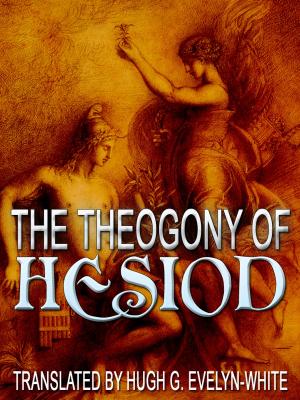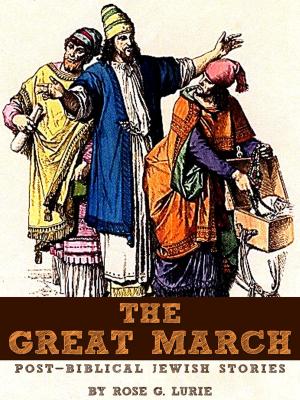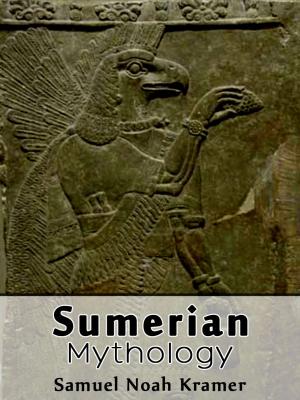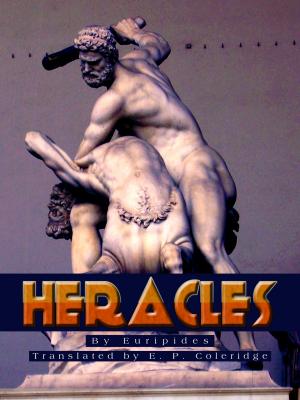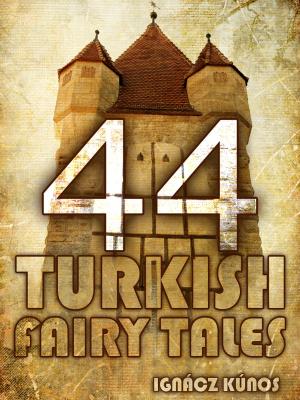The Satapatha Brahmana, Part V
Nonfiction, Religion & Spirituality, Eastern Religions, Hinduism, Inspiration & Meditation, Spirituality, Fiction & Literature, Religious| Author: | Julius Eggeling | ISBN: | 1230000101872 |
| Publisher: | AppsPublisher | Publication: | January 23, 2013 |
| Imprint: | Language: | English |
| Author: | Julius Eggeling |
| ISBN: | 1230000101872 |
| Publisher: | AppsPublisher |
| Publication: | January 23, 2013 |
| Imprint: | |
| Language: | English |
The Satapatha Brahmana, Part V
by Julius Eggeling
THE present volume completes the theoretic exposition of the sacrificial ceremonial, and thus brings us to the end of our task. The remaining six chapters of the last book of the Brâhmana form the so-called Brihad-âranyaka, or great forest-treatise, which, as one of the ten primitive Upanishads, is included in Professor F. Max Müller's translation of those old theosophic treatises, published in the present series. The portion of the work contained in this volume forms practically continuation of the first five kândas, the intervening five books being devoted to the consideration of the Agnikayana, or construction of the sacred brick-altar, which had come to be recognised as an important preliminary to the Soma-sacrifice. The circumstances which seem to have led to this somewhat peculiar distribution of the different sections of the work have been explained in the introduction to the first volume of the translation. As was there shown, the inclusion of the Agnikayana in the sacrificial system of the Vâgasaneyins, or theologians of the White Yagus, appears to have resulted in a definite settlement of the sacrificial texts of the ordinary ritual, as contained in the first eighteen adhyâyas of the Vâgasaneyi-samhitâ, as well as of the dogmatic explanation of that ritual as given in the first nine kândas of the Satapatha-brâhmana. Considerable portions of the remaining sections of both works may have been, and very likely were, already in existence at the time of that settlement, but, being excluded from the regular ceremonial, they were naturally more liable to subsequent modifications and additions than those earlier sections which remained in constant use. Whilst the tenth kânda, included in the preceding volume of the translation, consisted of speculations on the sacred fire-altar, as representing Purusha-Pragâpati and the divine body of the Sacrificer--whence that book is called the Agnirahasya, or mystery of the fire-altar--the present volume contains the supplementary sections connected with the sacrificial ceremonial proper.
The Satapatha Brahmana, Part V
by Julius Eggeling
THE present volume completes the theoretic exposition of the sacrificial ceremonial, and thus brings us to the end of our task. The remaining six chapters of the last book of the Brâhmana form the so-called Brihad-âranyaka, or great forest-treatise, which, as one of the ten primitive Upanishads, is included in Professor F. Max Müller's translation of those old theosophic treatises, published in the present series. The portion of the work contained in this volume forms practically continuation of the first five kândas, the intervening five books being devoted to the consideration of the Agnikayana, or construction of the sacred brick-altar, which had come to be recognised as an important preliminary to the Soma-sacrifice. The circumstances which seem to have led to this somewhat peculiar distribution of the different sections of the work have been explained in the introduction to the first volume of the translation. As was there shown, the inclusion of the Agnikayana in the sacrificial system of the Vâgasaneyins, or theologians of the White Yagus, appears to have resulted in a definite settlement of the sacrificial texts of the ordinary ritual, as contained in the first eighteen adhyâyas of the Vâgasaneyi-samhitâ, as well as of the dogmatic explanation of that ritual as given in the first nine kândas of the Satapatha-brâhmana. Considerable portions of the remaining sections of both works may have been, and very likely were, already in existence at the time of that settlement, but, being excluded from the regular ceremonial, they were naturally more liable to subsequent modifications and additions than those earlier sections which remained in constant use. Whilst the tenth kânda, included in the preceding volume of the translation, consisted of speculations on the sacred fire-altar, as representing Purusha-Pragâpati and the divine body of the Sacrificer--whence that book is called the Agnirahasya, or mystery of the fire-altar--the present volume contains the supplementary sections connected with the sacrificial ceremonial proper.


